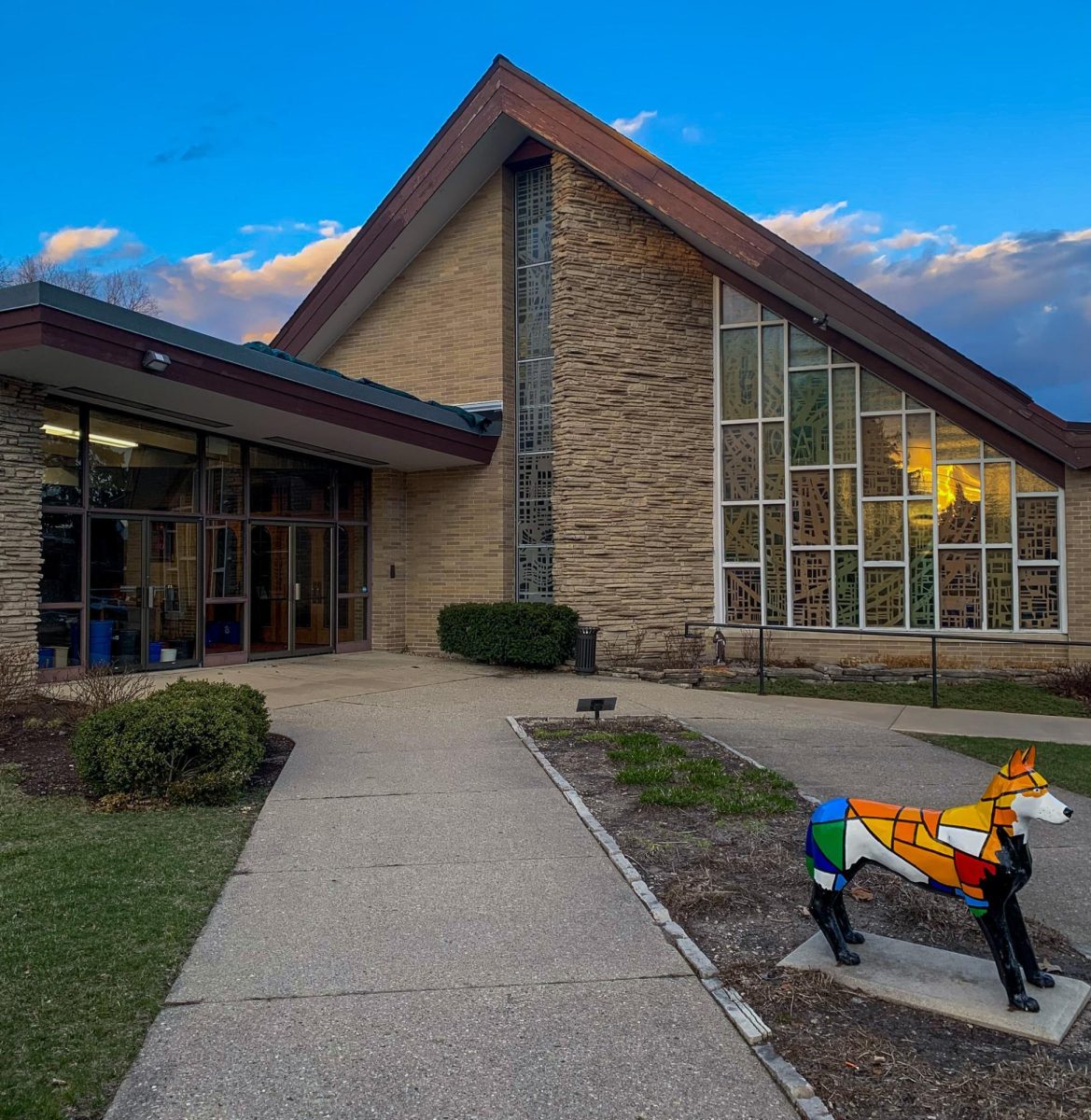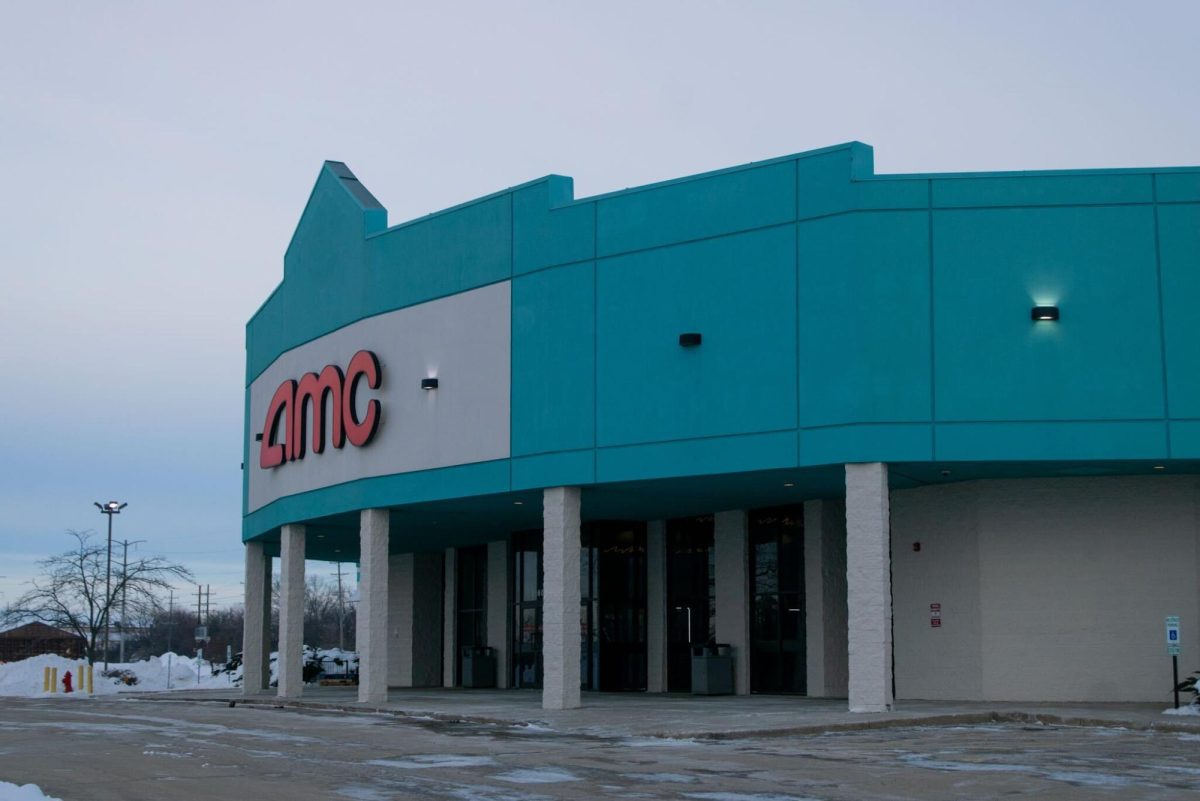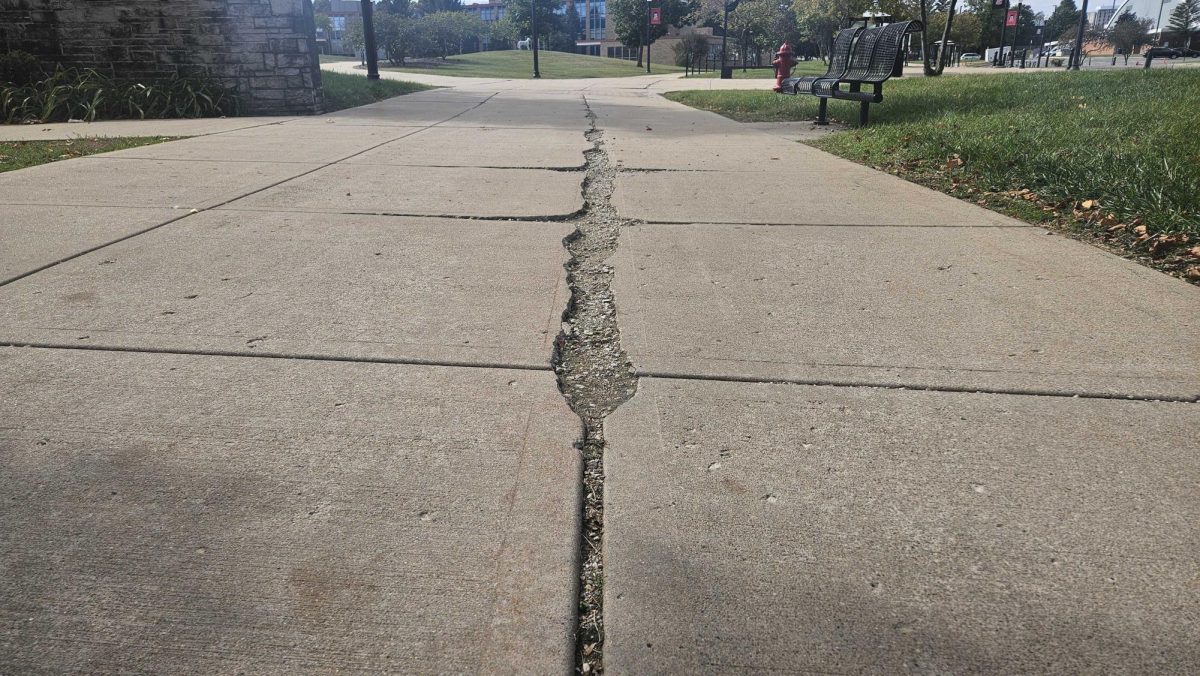The rising national debt of the United States has increased interest in reducing federal spending, and social security is one of the government’s most expensive programs. Raising the retirement age would decrease the cost of social security and increase the number of tax-paying workers, but this would likely come with significant trade-offs.
Supporters of raising the retirement age claim that the retirement age has not kept up with a rising average life expectancy in the U.S.
Virginia Wilcox, an NIU economics professor, said this statistic is more complicated than it seems.
“The average in the United States, I think, is about 77 years of life, life expectancy at birth,” Wilcox said. “And for whites, that’s pretty good, it’s 76 or 77. But for Blacks, for instance, it’s 72 years. So there are significant differences across groups.”
Retirement is usually an opportunity for older generations to slow down in their twilight years. Naturally, decreasing the time retirees have for themselves will not be popular, and the impact will be unequal between groups.
More concerning is how raising the retirement age would affect the health and productivity of older workers, especially those employed in physically or mentally demanding jobs. Too much of an increase in the retirement age would be hazardous for a worker’s health and might cause more damage to the economy than leaving the matter be.
Still, social security’s cost is increasing at a concerning rate, and action must be taken to address it. Gradually increasing the retirement age by a couple months every year or so, rather than a sudden increase of a year or more, is one option previously used by the U.S. government from 1937 to 1960, but never since.
As unpopular as it would be, increasing taxes on workers is another way to improve social security’s sustainability, especially on higher earners. Reducing social security benefits or reducing the cost of living increases are other potential solutions, though neither are likely to be popular either.
Wilcox suggested the best approach might be a combination of all proposed solutions.
“You might consider increasing the age, might consider somehow reducing benefits, maybe slowing the cost of living increases and you might consider increasing taxes on higher earners, or some combination of those three,” Wilcox said. “There are really differential effects on different groups of workers, so we want to be very careful and not just do it across the board sort of policy, we want to be careful how we’re impacting people.”
As technology continues to advance, the average life expectancy of the U.S. will continue to increase. The ideal retirement age will likely become a timeless problem, so it is better to find a solution sooner rather than later.




















